Uncategorised
Fibula Madness
Beyond Podiatry: Part 2 -The Foot; July 22
Gary Ward Article on the Foot. Part 2 of 3 articles
Beyond Podiatry. IOCP article March 22
Gary Ward’s Article for Podiatry Review March 22 discussing the core principles of AiM
Could there be more to my back pain?
Have you been looking for a solution to your back pain for a long time now? Tried everything? Run out of options? Been told to learn to live with it? I remember not being able to lie flat on my back in my mid 20s. The pain in my back was too much. I didn’t think I’d ever be free
Meniscus injuries – What to look out for?
When it comes to injuries I don’t like to take a cookie cutter approach of ‘if you see this then you must do that..’ but in some instances there always seem to be some pretty steadfast structural scenarios that simply cannot be ignored. To not take the cookie cutter approach is to be more methodical, more investigative and to ask
A wedge is not a device to prop a foot up into neutral !
A wedge is not a device used to prop a foot up into neutral! At first sight this may potentially appear an odd and unexpected thing to say… Shouldn’t we be using external devices to help flat feet attain a better neutral posture? Well, yes actually, but just not in the way you might think. It’s a natural and initial
Wake Your Body Up
Wake Your Body Up is a programme I devised at AiM to empower people to take ownership of their own body. The programme comes in two formats: Wake Your Body up and Wake Your Feet up. For many years I have been all too aware of patients and clients who have struggled along, often needlessly, enduring treatments that were proving
Bunions – A 6 part series
Hallux Valgus 👣 When the foot pronates the forefoot abducts away from the body’s midline (see photo above). In this moment the big toe follows the movement of the forefoot – away from the body’s midline. 👣 A flatter pronated foot is known as a valgus foot. Bunions – although there do appear to be two types of bunions known
Foot joint motions in the sagittal plane
👣 Joint motions in the feet in the sagittal plane 👣 Three segments:Rearfoot ✅Forefoot ✅Toes ✅ 👣 It seems that dorsiflexion and plantarflexion are only ever discussed at the ankle joint (TCJ) and rarely in relation to the bones or segments of the foot 🤷🏻♂️ 👣 Dorsiflexion is a direction. That direction is when the distal part of a foot
Movement Limitations in the Fibula?
👣 That fibula… 👣 A non weight bearing bone… 👣 How is it that a non-weight bearing bone can play havoc with the whole system? 👣 Quite simply the system responds to movement … and the fibula has bags of movement potential. We might be guilty of thinking it just sits on the outside of the tibia… doing nothing… 👣

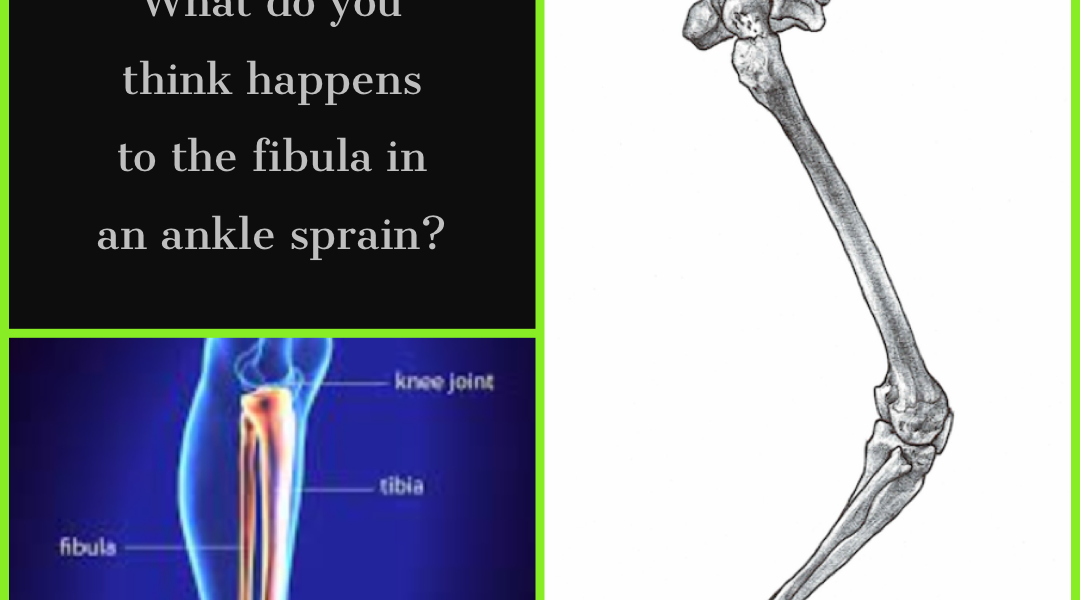
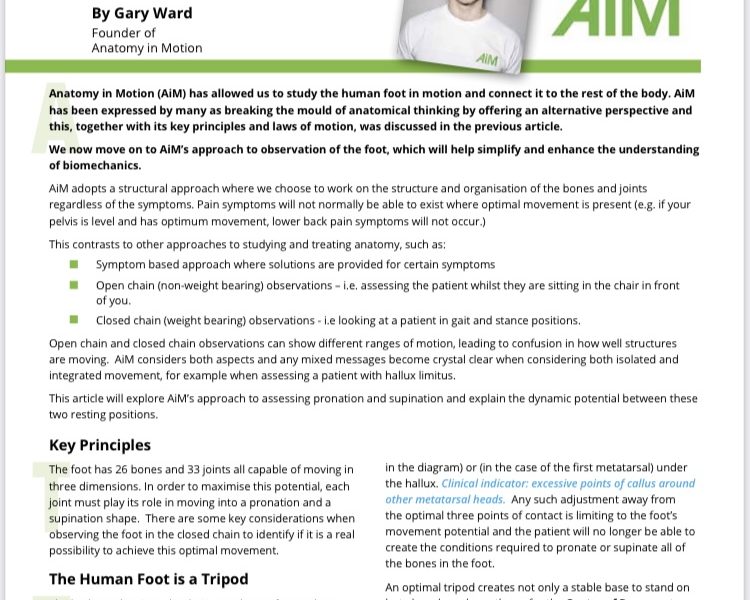
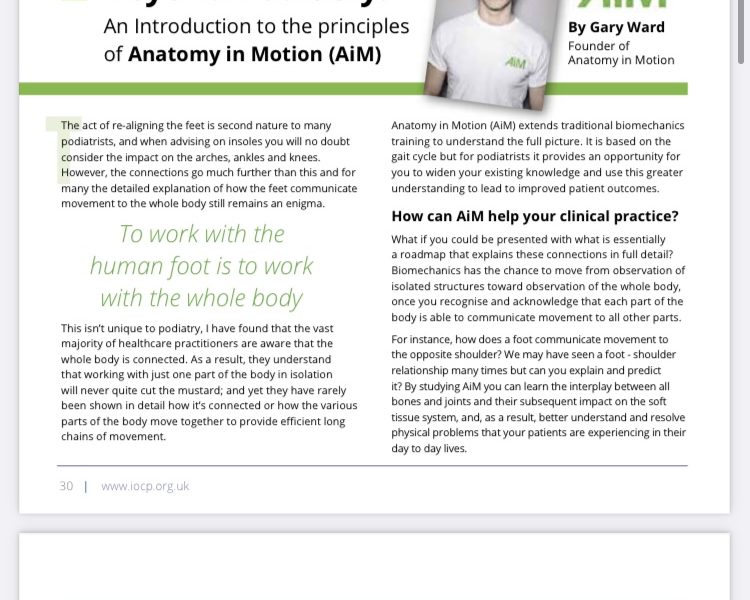
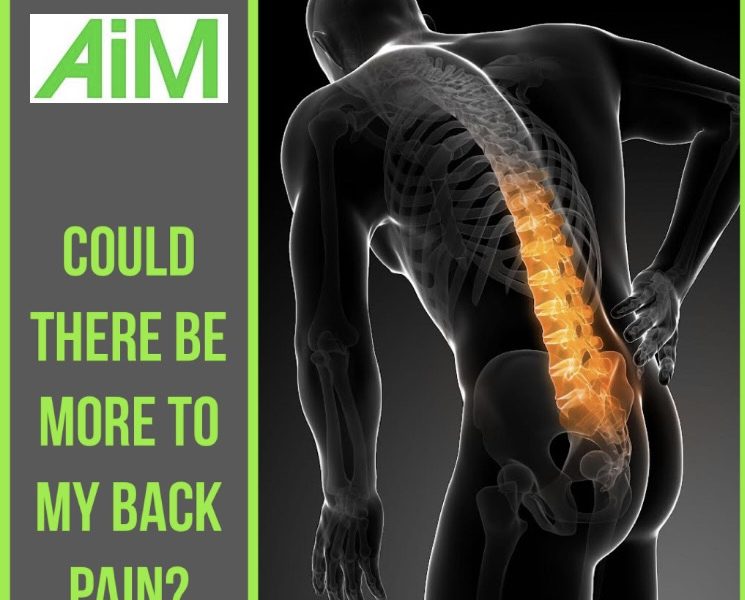
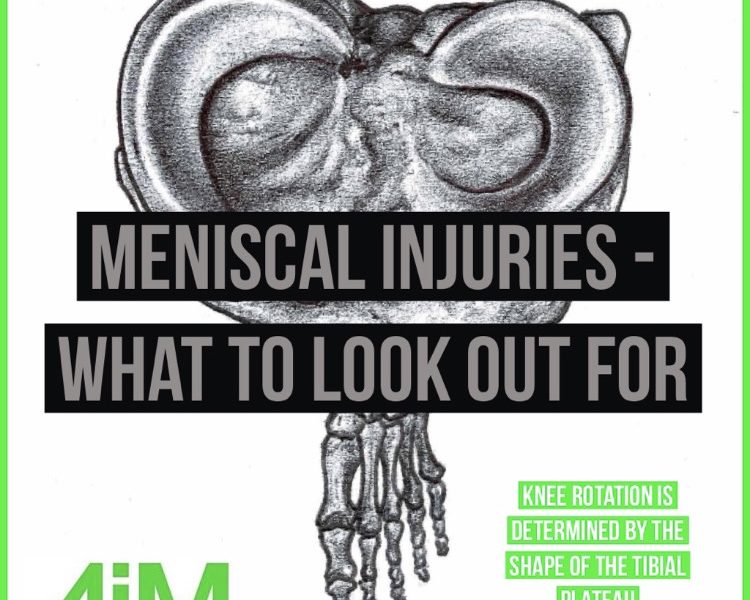
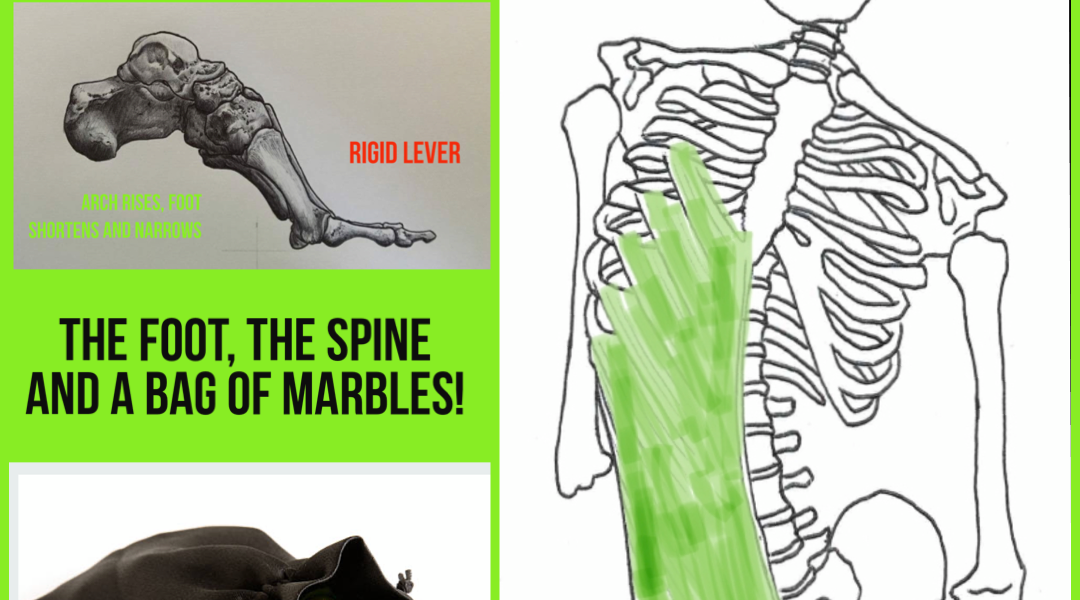
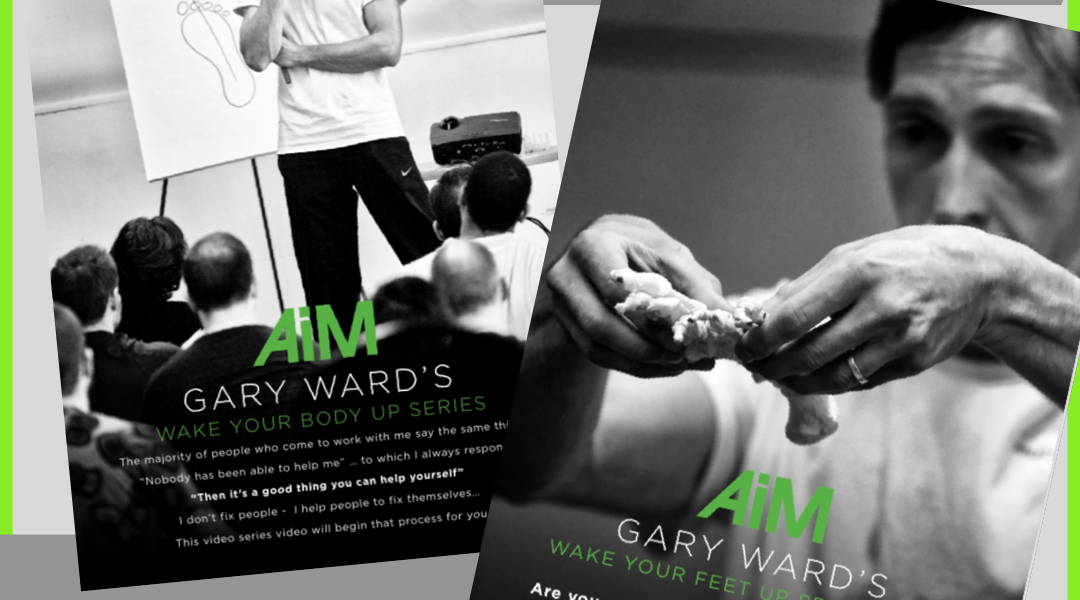
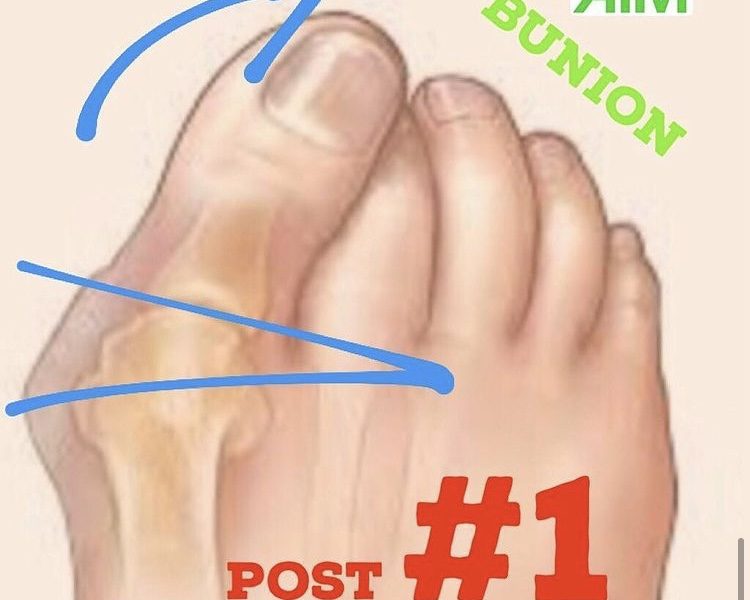
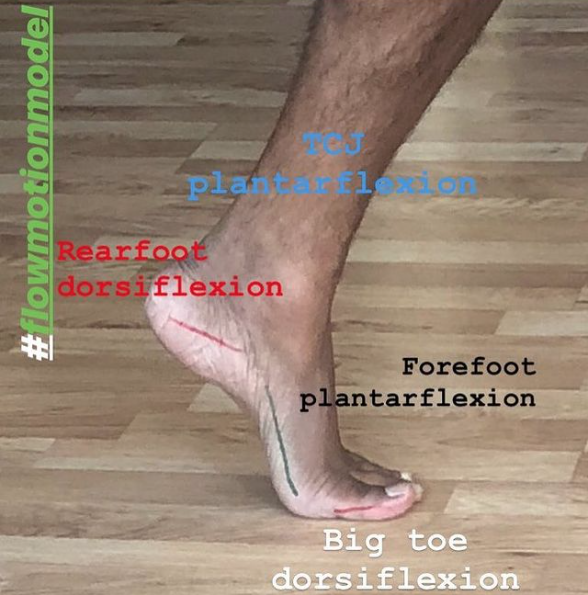
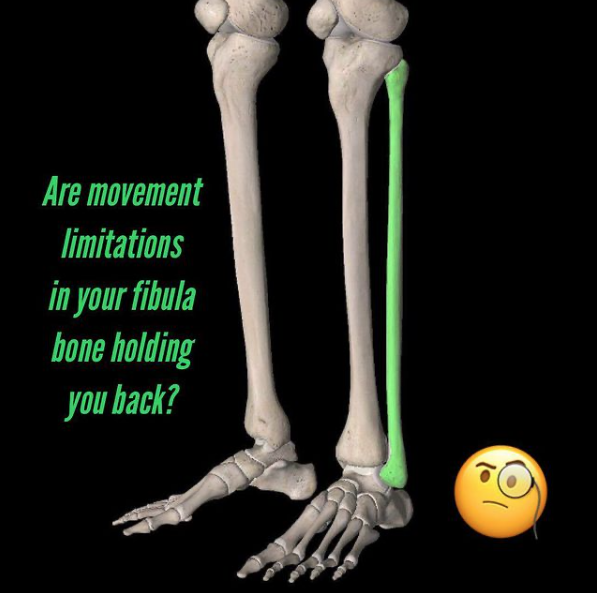
Recent Comments